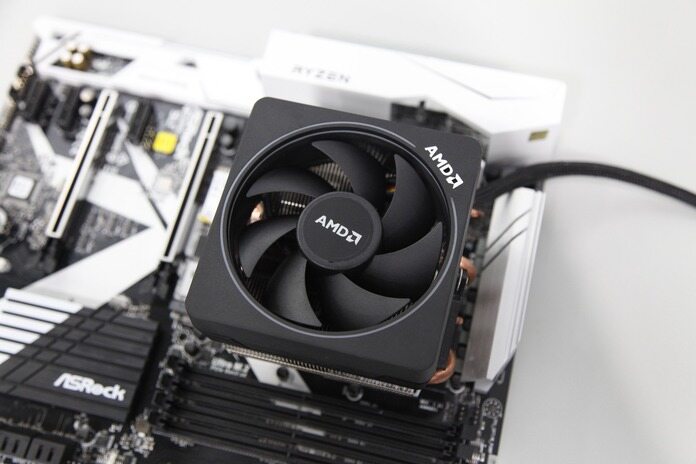In a week that saw notable CEO changes at OpenAI, the parent company of ChatGPT, Nvidia’s (NASDAQ:NVDA) latest quarterly earnings report faced stiff competition for attention on Wall Street. As Sam Altman’s resume updated swiftly alongside Microsoft’s (NASDAQ:MSFT) share price, NVDA and its Q3 earnings had to share the spotlight.
Semiconductors form the backbone of AI projects, requiring specialized chips for efficient processing of heavy computing demands. While the VanEck Semiconductor ETF (SMH) posted an impressive year-to-date gain of 60%, the individual components showcased varying returns. Nvidia’s shares tripled, while Texas Instruments (TXN) dipped 3.8%.
One standout among semiconductor peers this year is Advanced Micro Devices (NASDAQ:AMD), boasting a market cap of $190.65 billion and a YTD gain of 90%. With a Street-high target price of $200, indicating a 63% potential surge over the next 12 months, AMD’s performance remains noteworthy.
AMD’s Strong Q3 Earnings
AMD’s third-quarter results exceeded expectations, with a 4% YoY increase in revenues to $5.8 billion, surpassing analysts’ predictions by $40 million. Despite modest revenue and earnings growth, a 42% rise in client segment revenue offset weaknesses in gaming and embedded segments. Over the past decade, AMD has maintained a robust revenue CAGR of 16.35%. The company reported a 4% yearly EPS growth to $0.70, consistently surpassing consensus estimates in the past five quarters.
While there was a decline in net cash from operating activities, AMD’s solid cash balance of about $5.8 billion provides ample liquidity. Furthermore, the company’s long-term debt levels eased to $1.7 billion from about $2.5 billion at the start of the year.
Positioned for AI Growth
With the global AI market projected to reach $738 billion by 2030, AMD is strategically positioned to capitalize on this growth. The company’s MI300X chip, unveiled in June, is geared towards large language and AI models. Boasting a remarkable 192 GB memory capacity, it outshines Nvidia’s competitor, the H100, with its 120 GB limit. Despite superior performance, the MI300X comes with a more affordable price tag, potentially challenging Nvidia’s market dominance.
AMD’s investments in its ROCm software stack and the development of a PyTorch/TensorFlow Code Environment for AMD GPUs demonstrate its commitment to AI adoption. These initiatives enable seamless compatibility with existing CUDA-based code repositories, empowering developers to efficiently build machine learning applications on AMD GPUs.
Strength in CPU Market Share
Despite a focus on the AI market, AMD has not neglected the CPU market. CEO Lisa Su emphasized AI as the company’s “largest and most strategic long-term growth opportunity.” AMD has doubled its CPU market share from 17.5% in 2016 to 35%, competing strongly with Intel. AI enhancements are expected to further bolster AMD’s position in the CPU market.
While gaming revenues faced challenges due to the console cycle’s duration, a shift towards the less seasonally volatile data center segment is expected to offset this weakness.
Analysts’ Outlook
Analysts maintain a “Strong Buy” rating for AMD, with a Street-high target price of $200, indicating a remarkable upside potential of over 63% from current levels. The mean target price of $131.90 represents a more conservative 7.7% upside potential. Of the 29 analysts covering the stock, 22 have a “Strong Buy” rating, one has a “Moderate Buy” rating, and six have a “Hold” rating. The Rosenblatt analyst with the $200 target is particularly optimistic about AMD’s data center outlook.
Featured Image: Unsplash















